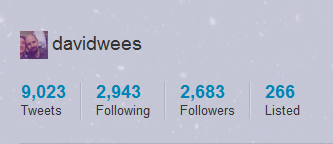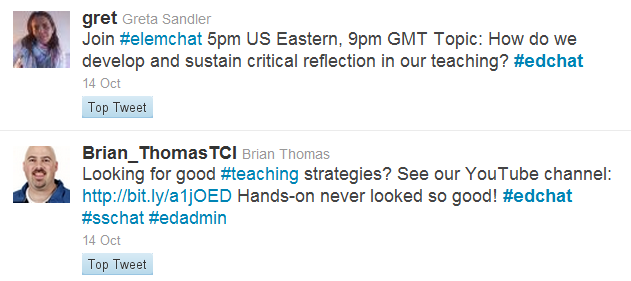Today I started flip teaching. This is a process where I put up videos of the content we are going to cover for the students to review at night, and use class time exclusively for practice and activities. To be honest, I’m pretty nervous about it. It will be one of the most radical changes in my teaching practice since I started collaborative learning in the classroom.
When I introduced the idea to the students, I talked about the structure of our class, and some problems with traditional homework. Basically, I said that if I send them home with exercises to do, then they’ll be doing needless practice or struggling needlessly, depending on whether they get it, or don’t get it respectively. Since our school requires that I give them homework, my compromise is that I will send them home to watch a short (I’m hoping I can keep the videos to under 8 minutes each) video tutorial that I’ve created myself on a topic.
I then shared an example I made with them, and asked them to be critical of the example, and look at ways I can improve the process. After all, if this works out as I hope it will, they will spend a lot of time at home watching these videos, so the videos should work for them.
Unfortunately, about half-way through the video, the audio died. Turns out that it was the speakers I was using and not the video itself, but their first piece of feedback was to fix the audio. They also asked me to add more colour, particularly when talking about the formulas and equations themselves, to make sure I took the time to define terms I use in the videos, and to add a "common questions" section at the end of the video.
I asked the students to be watching the videos "actively" as if they were participating in a lecture. I said, "If you get a text message from your friend while watching the video, either pause the video and get back to it later, including rewinding it if necessary, or ignore the text message." I also asked them to add comments underneath the videos, both to help me improve the creation of the videos itself, and to ask questions about what they are seeing. I also asked them to bring any questions they have to class.
Here is the video I shared. I’ve gotten feedback from the students about it. After watching it in class, I can see some other things I can do to improve it (in every sentence practically, I drop off in volume…) but I’m also looking for some feedback from other sources, so I’ve embedded the video below.
Simple and Compound Interest Review from David Wees on Vimeo.





